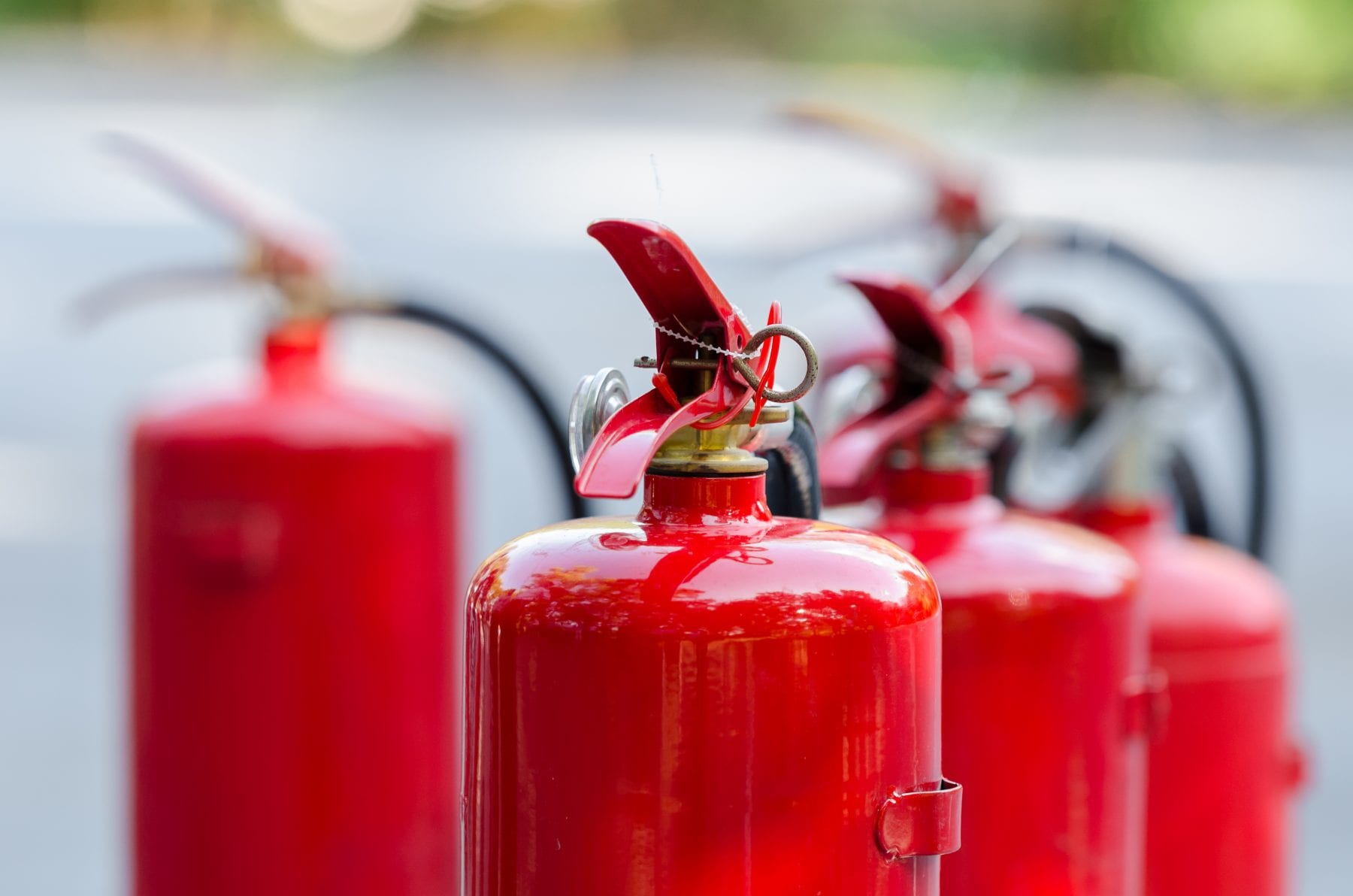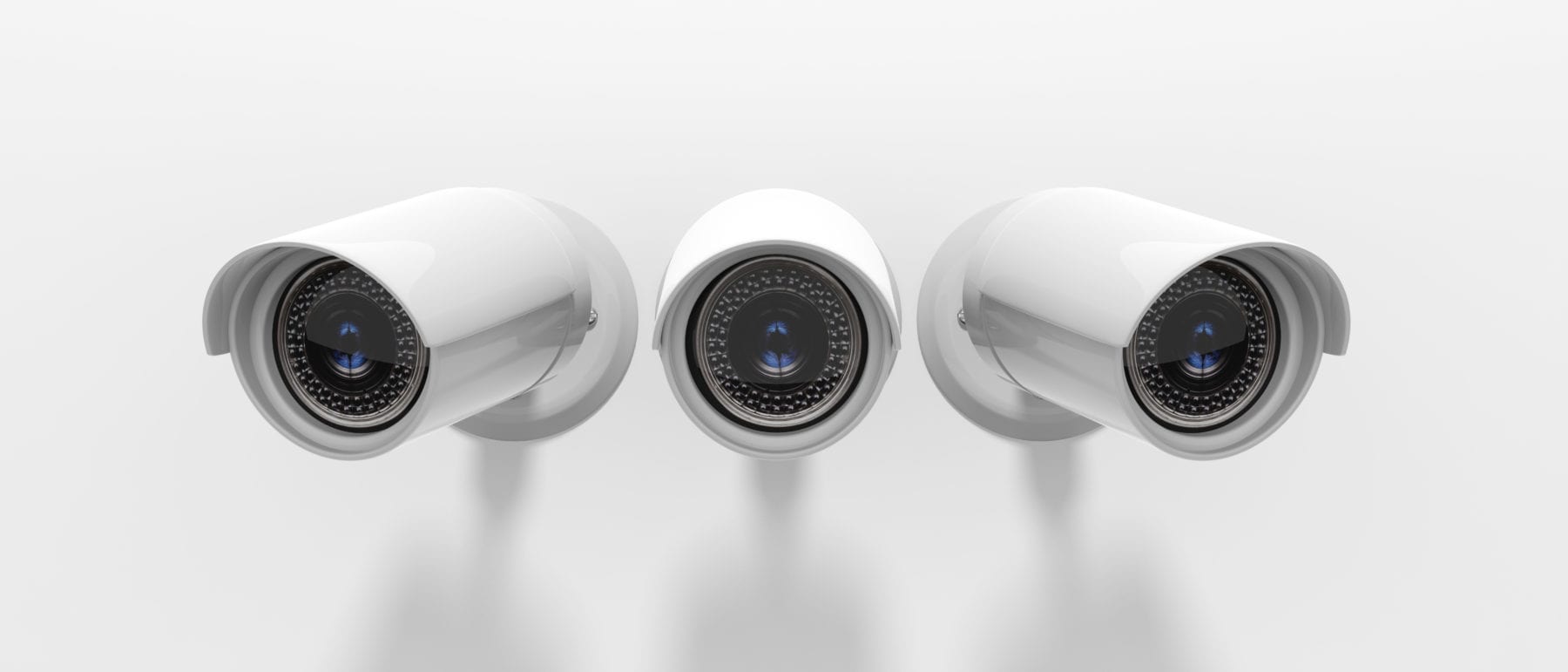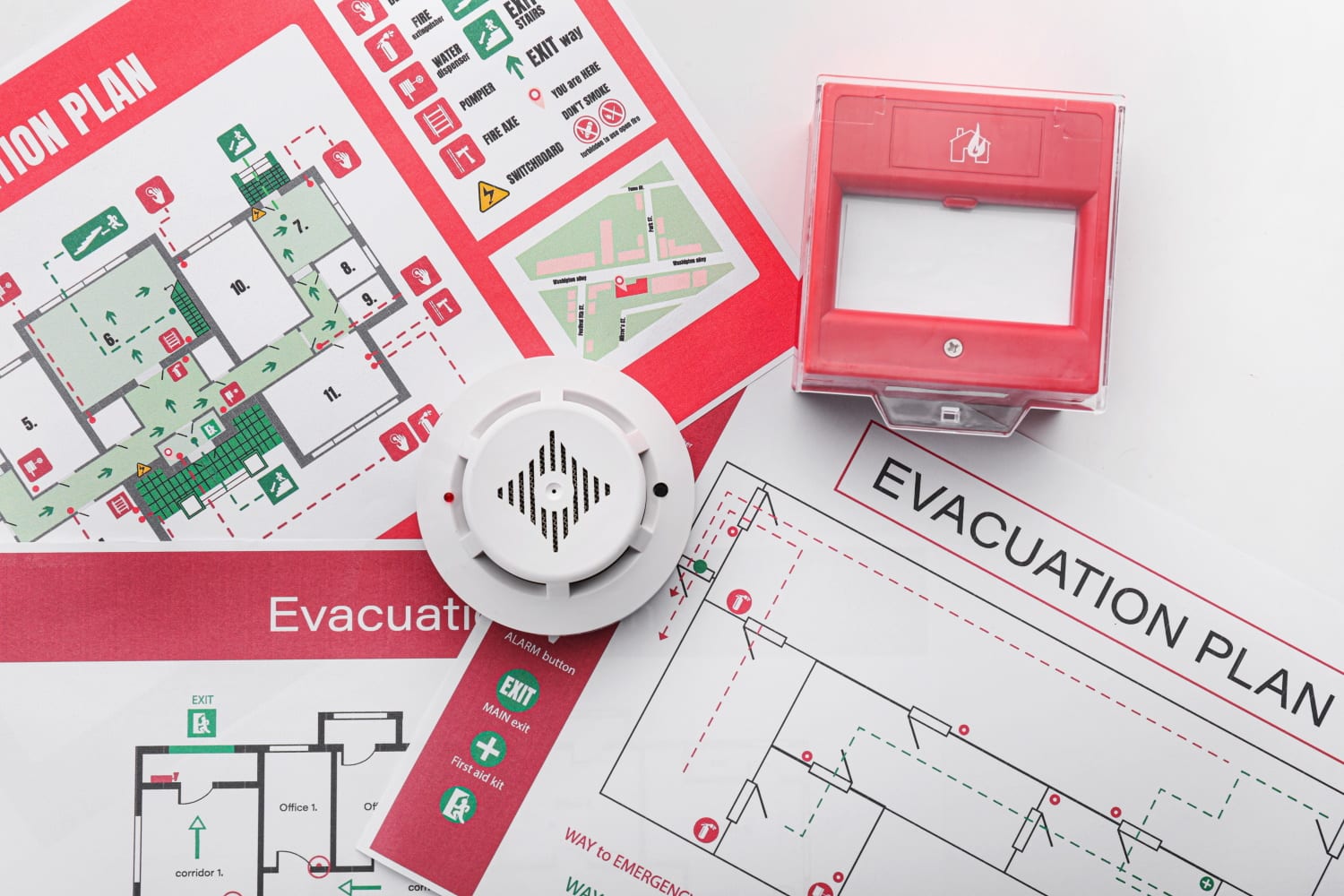
Effective fire alarm installation is essential to ensure any building’s safety, whether that’s a residential, commercial, or industrial property.
From selecting the right equipment to proper placement and testing, several key considerations can significantly impact the effectiveness of a fire alarm system.
In this guide, we’ll take you through five key considerations for anyone installing a fire alarm.
Building’s Layout and Fire Risks
Before you can even think about getting started, it’s crucial for installers to thoroughly understand the layout of the building and assess potential fire risks. This includes identifying high-risk areas such as kitchens, electrical rooms, and areas with a high concentration of combustible materials.
Assessment of Building Layout: Conduct a comprehensive survey of the building to determine optimal locations for fire alarm devices, including smoke detectors, heat detectors, and manual call points.
Identification of Fire Hazards: Assess potential fire hazards within the building, such as sources of ignition, flammable materials, and areas with high heat or smoke generation.
Tailored Solutions for Different Areas: Develop a tailored fire alarm installation plan that takes into account the specific fire risks and layout of different areas within the building, ensuring comprehensive coverage and early detection of potential fires.
Appropriate Equipment
Choosing the right fire alarm equipment is essential for anyone hoping for an effective system. Thanks to the advancements in technology over the past few decades, there is a wider range of fire detection and alarm devices available than ever. Installers must carefully select suitable equipment for the building’s size, occupancy, and fire risks.
Compatibility and Integration: Ensure compatibility and seamless integration of fire alarm components, including control panels, detectors, notification devices, and backup power sources.
Compliance with Standards: Select fire alarm equipment that complies with relevant industry standards and regulations, such as British Standards BS 5839 for fire detection and alarm systems.
Consideration of Environmental Factors: Take into account environmental factors such as humidity, temperature extremes, and presence of dust or contaminants, and choose equipment that can withstand these conditions without compromising performance.
Placement of Devices
The overall efficacy of a fire alarm system owes much to its placement hinges on the strategic placement. Proper placement enables the earliest possible detection of fires and swift evacuation, minimsing risk.
Optimal Placement of Detectors: Install smoke detectors, heat detectors, and flame detectors in locations where they can quickly detect the presence of fire or smoke, such as corridors, stairwells, and areas with high ceilings.
Consideration of Ceiling Height and Obstructions: Take into account the height of ceilings and any potential obstructions that may hinder the effectiveness of detection devices, and adjust placement accordingly.
Accessibility and Visibility: Ensure that manual call points and notification devices such as strobes and sounders are easily accessible and visible to building occupants, including those with disabilities.
Power Supply and Backup Systems
A Reliable power supply is essential for the continuous operation of fire alarm systems. Installers must ensure that the system is powered by a stable electrical supply and equipped with backup power sources to prevent failures during power outages or emergencies.
Main Power Supply: Connect the fire alarm system to a reliable main power supply, preferably backed up by uninterruptible power supply (UPS) units to maintain operation during short-term power interruptions.
Backup Batteries: Install backup batteries or secondary power sources to provide extended power in the event of a mains power failure, ensuring uninterrupted operation of the fire alarm system.
Regular Maintenance and Testing: Conduct regular maintenance and testing of backup power systems to ensure they are functioning correctly and capable of supporting the fire alarm system when needed.
Compliance with Regulations and Standards
Meeting regulatory requirements and industry standards is paramount for ensuring the efficacy and legality of a fire alarm installation. Installers need to understand the latest industry regulations and standards and ensure compliance throughout the installation process.
Legal Requirements: Familiarise yourself with local building codes, regulations, and legislation pertaining to fire alarm systems, ensuring that the installation meets all legal requirements and standards.
Industry Standards: Adhere to relevant industry standards and guidelines, such as those outlined in BS 5839, to ensure that the fire alarm system is designed, installed, and maintained to the highest standards of safety and reliability.
Certification and Accreditation: Seek certification or accreditation from recognised bodies or organisations that attest to the quality and compliance of the fire alarm installation, providing assurance to building owners and authorities.
Swift Fire & Safety
Effective fire alarm installation requires careful planning, thorough assessment, and adherence to best practices and standards. By considering the building layout, selecting appropriate equipment, strategically placing devices, ensuring adequate power supply and backup systems, and complying with regulations, fire alarm installers can create a robust and reliable fire detection and alarm system that enhances the safety and security of occupants and property.





